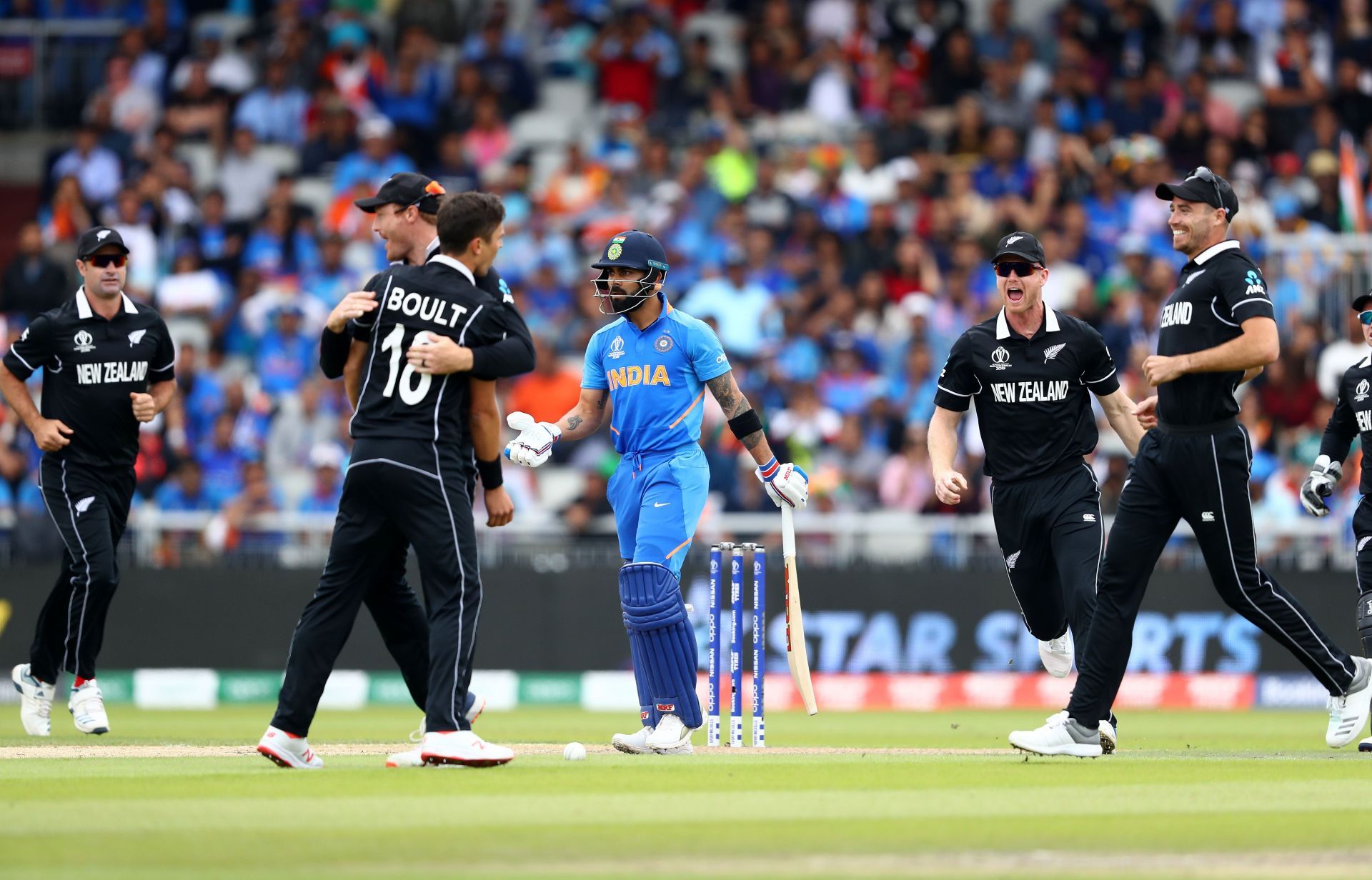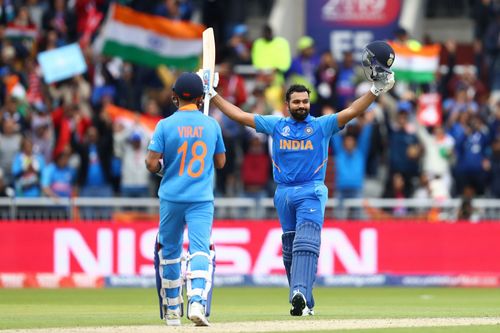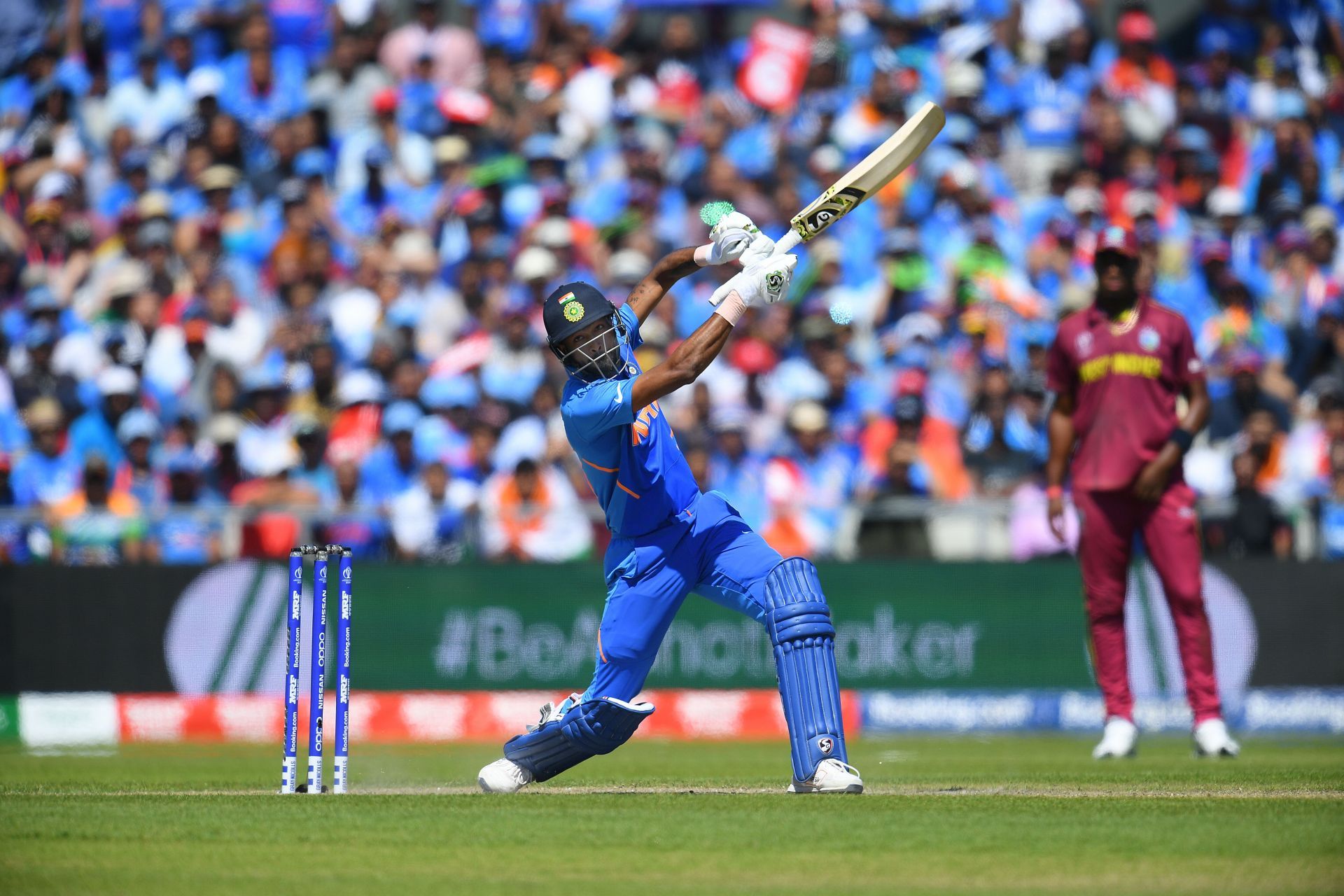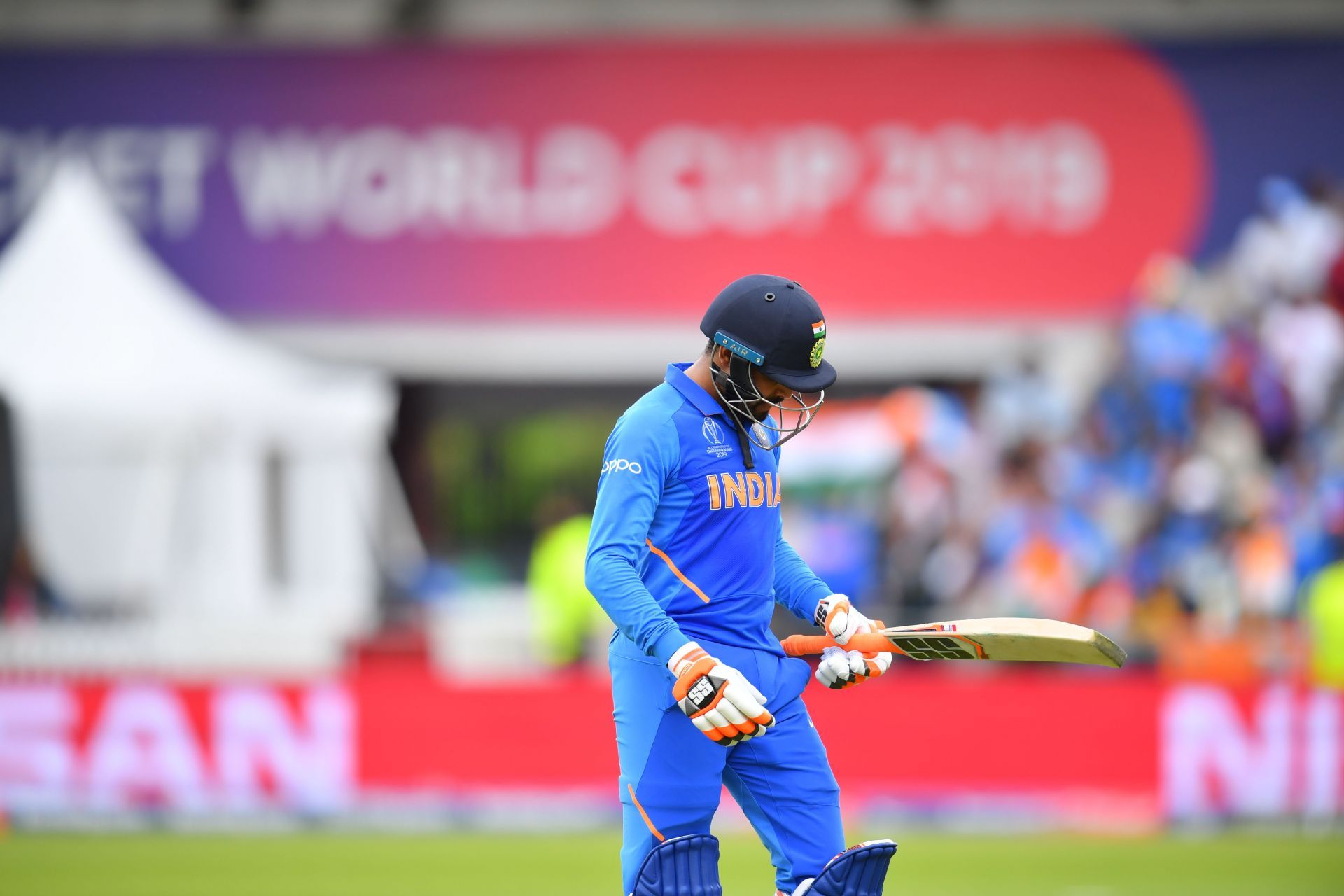
3 things Team India team can learn from semifinal defeat in 2019 World Cup
India faced New Zealand in the first semifinal of the 2019 World Cup which extended over two days due to persistent rain. India, after having been good in the tournament, went down to a spirited bowling performance by New Zealand.
Chasing a target of 240 runs, Ravindra Jadeja and MS Dhoni kept India in the hunt after their top order was blown away by the New Zealand seamers. But the Men in Blue eventually fell short.
It continued the trend of India being undone in knockout matches. The side were defeated in the 2015 semifinals against eventual champions Australia. They also suffered a comprehensive loss to arch-rivals Pakistan in the final of the ICC Champions Trophy 2017.
Here we take a look at 3 things the current India team can learn from semifinal defeat in the 2019 World Cup:
#3 Reliance on the top order

Much of India’s success in limited-overs cricket is due to the prolific run-scoring of the top order. Rohit Sharma, Shikhar Dhawan, and Virat Kohli were hugely consistent and that made the job easy for the middle and lower order.
The Indian team relied heavily on their top three batters and their failure in this match had a detrimental impact on the performance of the middle order. The Kiwi pacers, Trent Boult and Matt Henry, got the ball to hoop around and accounted for the top three wickets with just five runs on the scoreboard.
This brought a lot of pressure on the middle order, and they could never really recover from this setback. Hence, the current team need their middle order to drop anchor and absorb pressure when the top order does not quite get the job done.
#2 Defined roles in the batting order

Virat Kohli's men got off to the worst possible start when they lost their first three wickets for just five runs. With the swinging new ball posing a challenge, India needed a calm head and this is where MS Dhoni could have made a significant difference. However, the team management made the decision to send Dinesh Karthik and Hardik Pandya ahead of him.
Had Dhoni been promoted, he could have laid a solid foundation for batters like Hardik Pandya and Dinesh Karthik to finish the game. Unfortunately, when Dhoni finally came to bat, the side were at 71/5 with limited batting resources available.
This is one area where the current management need to be careful. Batters need a defined role, they need to be settled at a particular batting position and be ready to step up when the pressure is amped up.
#1 Shot selection and a delayed acceleration

India got back some control courtesy of a good partnership between Rishabh Pant and Hardik Pandya. However, just when the momentum started shifting, both these batters threw away their wickets courtesy of poor strokes.
This is another area that the current team need to consider. Once the batters settle down, they need to dig deep and take the match to the finishing line.
Ravindra Jadeja (77) and MS Dhoni dug deep and added 116 runs for the seventh wicket, but the required rate kept climbing. The side needed 37 runs from the final three overs, and this proved to be a bridge too far.
At a time when teams are accelerating in the middle overs, the batting unit need to be better prepared to be more aggressive.